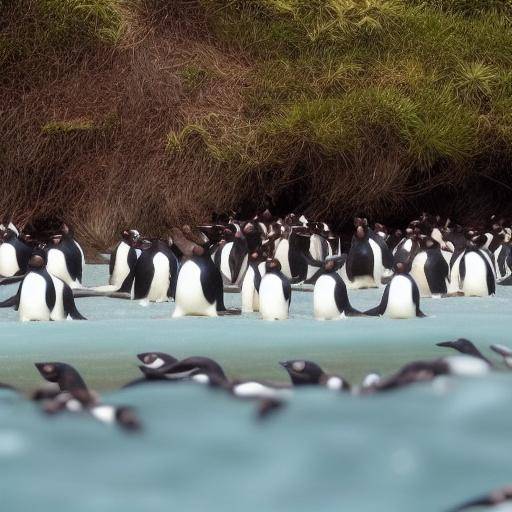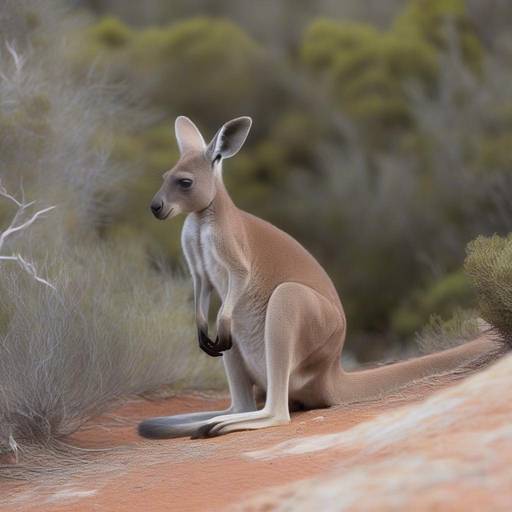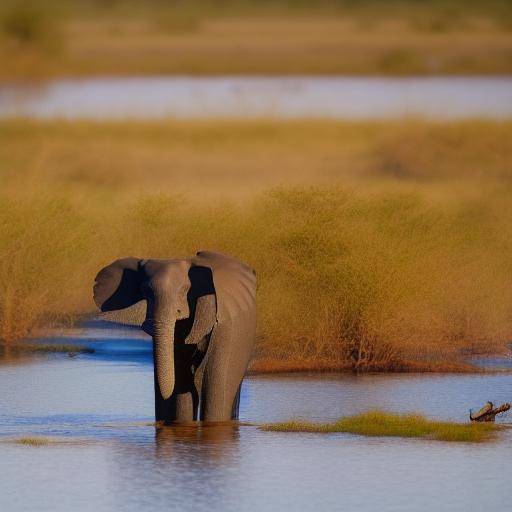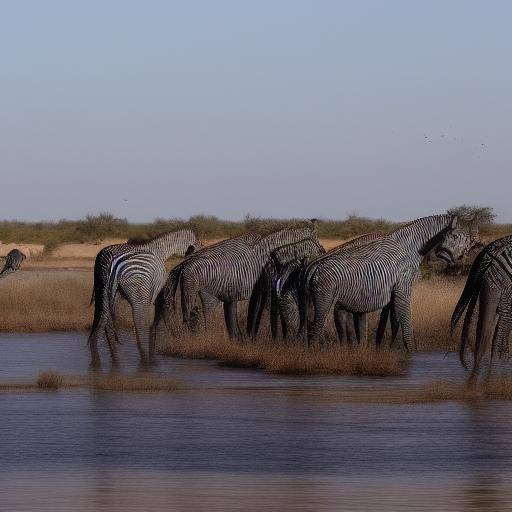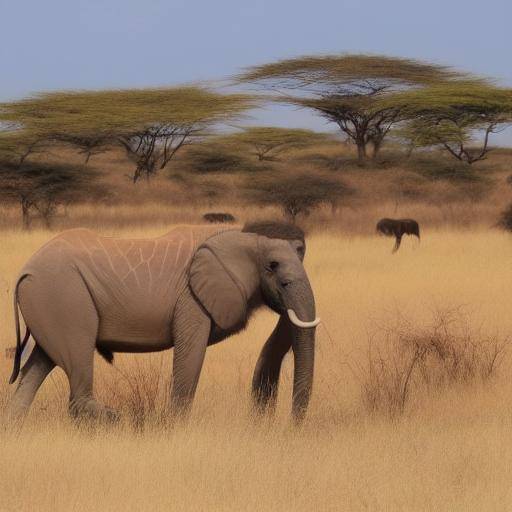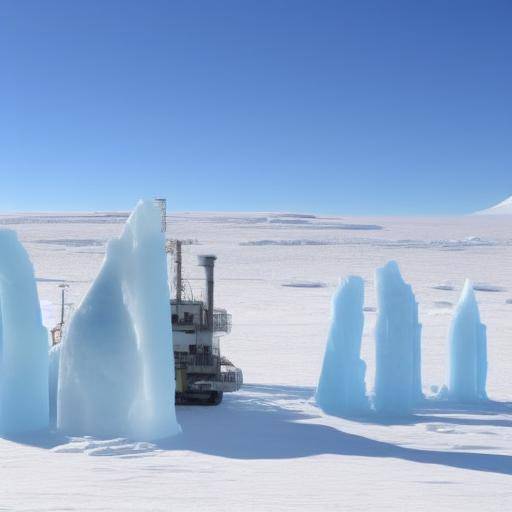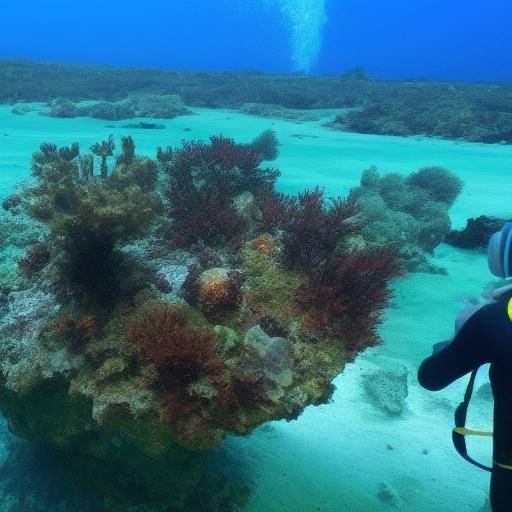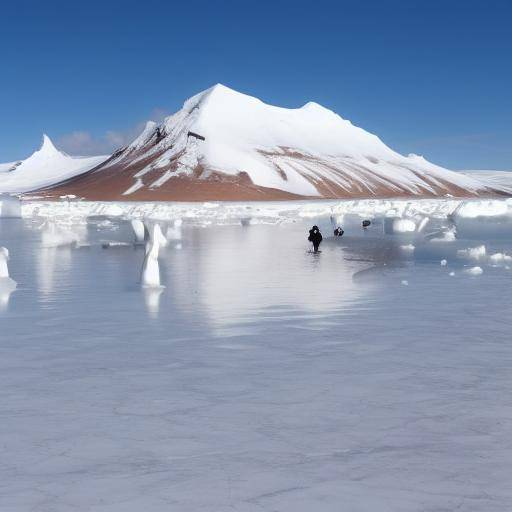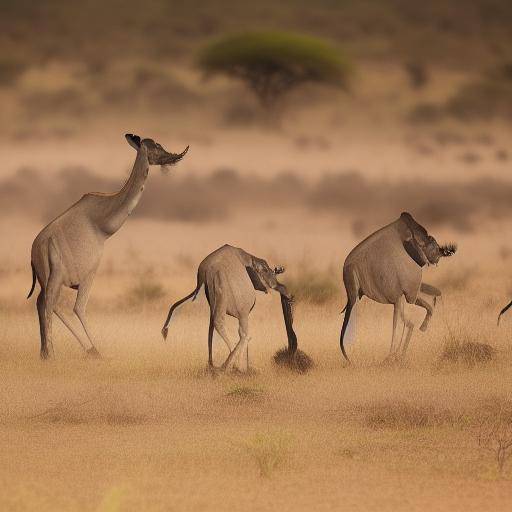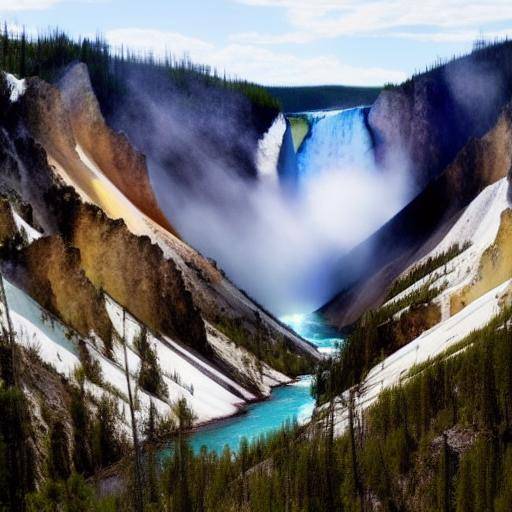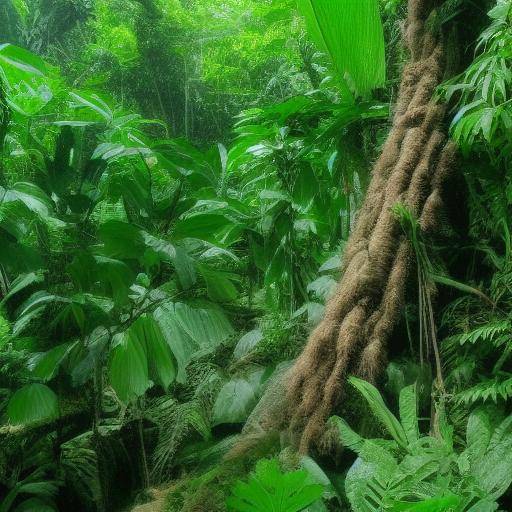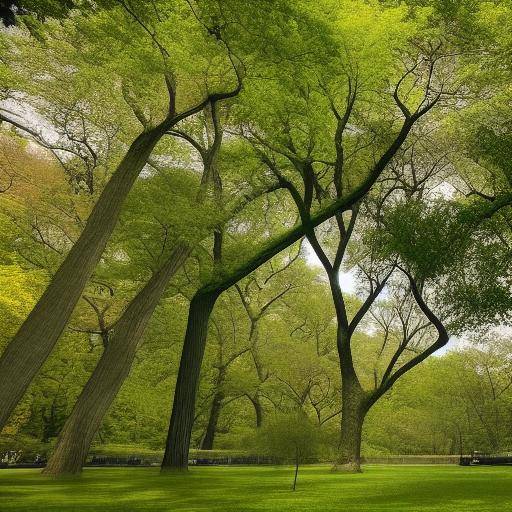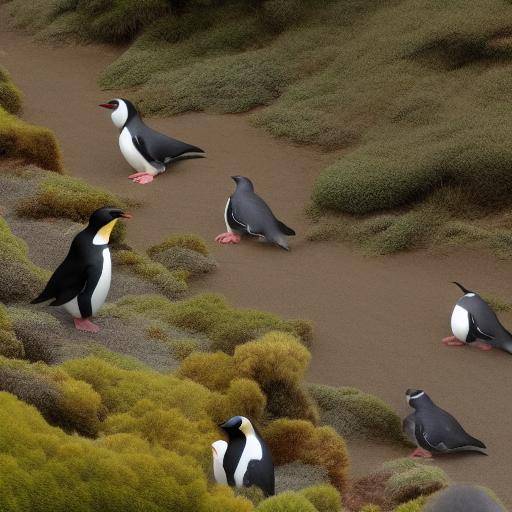
Introduction
From lush forests to stunning shores, Australia is home to a unique biodiversity, and Phillip Island is an emblematic destination that embodies the country's natural beauty and wildlife. In this article, we will explore the fascinating penguin route on Phillip Island, where the majesty of the ocean unites with the touching dance of these adorable animals. We will discover the history, positive impacts, challenges and current trends related to the conservation of these penguins in their natural habitat. We will also analyze the similarities and differences between wildlife in Phillip Island and other protected areas, as well as future trends in wildlife conservation. Get ready to embark on a virtual trip to the southern coast of Australia and immerse yourself in the magnificent wildlife of Phillip Island!
History and Background
Phillip Island, located about 140 km southeast of Melbourne, is an emblematic wildlife destination in Australia. Its history is closely linked to the arrival of European settlers in the nineteenth century, who quickly recognized the value of their unique ecosystem. The protection of penguins, in particular, became a priority as their vulnerability was recognized to human interference and changes in their natural environment.
During the following decades, significant efforts were made to preserve wildlife on Phillip Island. One of the highlights was the creation of natural reserves to protect penguins and other vulnerable species. These historic efforts laid the foundation for the preservation of wildlife in the region, and today, Phillip Island is known as a vital sanctuary for several species, including the charming penguins.
Analysis in Deep
Conservation Benefits and Challenges
The conservation of wildlife in Phillip Island and, in particular, the protection of penguins has generated multiple benefits both locally and globally. The preservation of these ecosystems not only guarantees the survival of endangered species, but also contributes to the well-being of the local community and the tourist attraction of the region. However, this work is not without challenges, as environmental pressure and sustainable tourism dynamics raise important questions about how to balance conservation with human development.
Comparative analysis
By comparing wildlife in Phillip Island to other conservation destinations in Australia, such as the Kakadu National Park or the Great Barrier Reef, significant similarities and differences can be identified. While ecological diversity varies between these locations, they all share the common goal of preserving natural beauty and protecting threatened species. This comparative analysis highlights the importance of adopting adaptive and collaborative approaches to addressing the complexities of wildlife conservation.
Exhaustive Exhibition
Applications and Practices
Exemplary wildlife conservation practices in Phillip Island provide valuable lessons on how to maintain a sustainable balance between wildlife and human development. The implementation of innovative measures, such as environmental education and responsible ecotourism, has contributed significantly to the preservation of local ecosystems and to global awareness of the importance of conservation.
Perspectives of Experts in the Industry
Wildlife conservation experts have provided insightful insights on the challenges and opportunities in the preservation of penguins and their natural environment. Its views highlight the need to address the root causes of habitat degradation, as well as the positive impact of international collaboration on the conservation of endangered species. The perspectives of these experts offer a comprehensive view of the complexities and potential solutions in the field of wildlife conservation.
Case Studies and Practical Applications
Through detailed case studies, the effective implementation of conservation strategies in Phillip Island and its impact on the preservation of wildlife is illustrated. The analysis of concrete results provides a practical understanding of successful tactics and persistent challenges in the protection of penguins and other inhabitants of the island's ecosystem.
Future Trends and Predictions
The future of wildlife conservation in Phillip Island and beyond is shaped by a variety of factors, from climate change to sustainable development and the evolution of conservation practices. Current data-based predictions and expert projections offer a insightful look at the future of wildlife in Phillip Island, providing a detailed picture of possible scenarios and emerging challenges.
Conclusions and FAQs (FAQs)
Conclusions
The journey through the penguin route on Phillip Island has revealed an enriching panorama of wildlife conservation, highlighting the importance of preserving natural ecosystems and protecting vulnerable species. As we say goodbye to this virtual journey, it is essential to remember our shared responsibility to care for and respect the natural world around us.
Frequently asked questions (FAQs)
1. What are the species of penguins present in Phillip Island?
On Phillip Island, you can enjoy the presence of the famous small penguins (Little Eudyptula), also known as blue penguins.
2. What is the best time to witness the penguins parade on Phillip Island?
The penguins parade occurs at sunset and is more spectacular during the months of September to April.
3. How has the conservation of penguins on Phillip Island evolved over time?
Over the years, the conservation of penguins in Phillip Island has made significant progress, from the protection of their natural habitats to the implementation of environmental education programs and the continuous monitoring of populations.
4. What are the biggest challenges facing penguins on Phillip Island today?
Among the most significant challenges are the pressure of tourism, changes in climate patterns and competition for food resources.
5. What measures are being taken to protect penguins on Phillip Island from the negative impacts of climate change?
Various strategies are being implemented, such as habitat monitoring, research on adaptation to climate change and awareness of the importance of climate change for wildlife.
6. How can I contribute to the conservation of penguins on Phillip Island?
Visitors can support the conservation of penguins through responsible tourism practices, such as respecting the guidelines for observing the penguins parade and contributing to conservation programs.
Conclusion
The penguin route on Phillip Island offers a unique window to Australian wildlife, presenting not only the natural beauty of the region, but also challenges and solutions to the conservation of penguins and their environment. As we explore the complexities of this interaction between humanity and nature, it is imperative to remember that the conservation of wildlife is a shared commitment that requires respect, care and collaboration. By appreciating and protecting wildlife in places like Phillip Island, we ensure a lasting legacy for generations to come and a sustainable future for our planet. May this virtual journey inspire a renewed sense of appreciation and protection for the wonderful wildlife around us!
External resources:
- Phillip Island Nature Parks official page
- Australian Department of Environment
- World Fund for Nature (WWF)
I hope this article has provided valuable information on the penguin route on Phillip Island and wildlife conservation.

